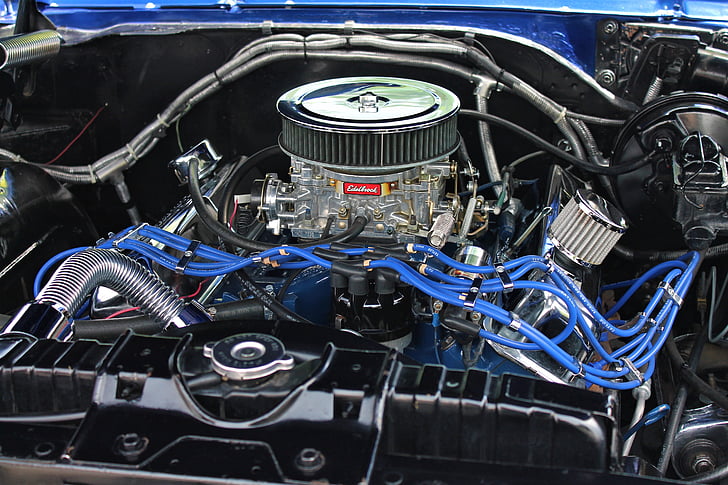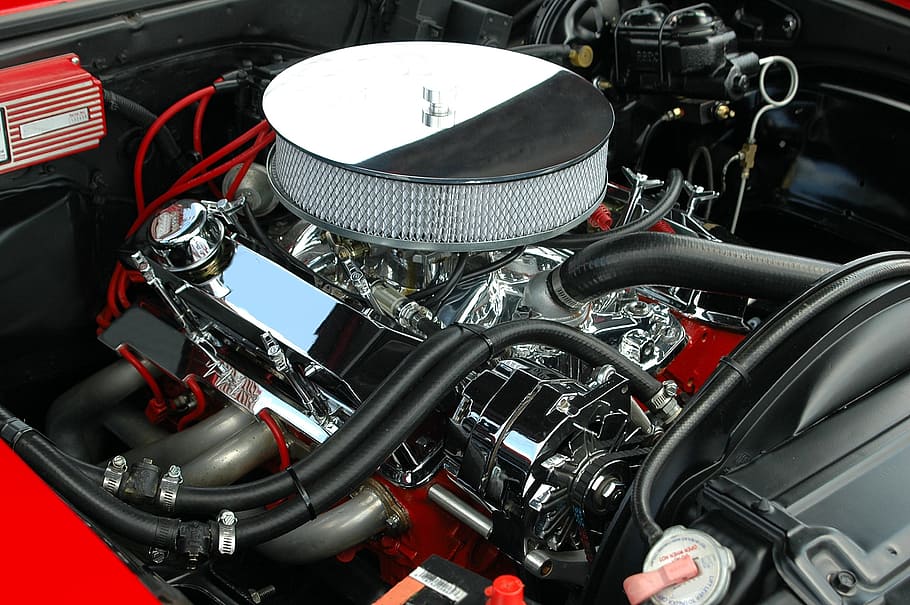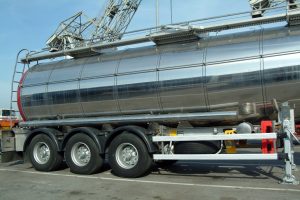Contents
– Naturally-aspirated engine: 4-stroke cycle
– Analysis of the naturally-aspirated engine
– Naturally-aspirated engine: is it the solution?
The naturally-aspirated engine is an internal combustion engine with an air supply determined simply by the suction of the piston as it moves down the cylinder.
This is called intake time. We will explain this in this post.
Naturally-aspirated engine: 4-stroke cycle
Briefly, here is the operating principle of this type of engine, which is the most common in automobiles.
Intake time of naturally-aspirated engine:
– The piston, driven by the crankshaft, moves down from Top Dead Center to Bottom Dead Center and creates a suction phenomenon through the open intake valve.
– The ambient air then enters the cylinder.
Compression time: the piston moves up, still driven by the crankshaft, and compresses the air/fuel mixture.
Combustion/expansion:
– The compressed and heated air/fuel mixture is ignited, and combustion begins, creating a pressure force on the piston that pushes it back to Bottom Dead Center.
– This is the only engine stroke, and all other strokes are resistant.
Exhaust: When the piston rises, the burnt gases are evacuated through the exhaust.
Analysis of the naturally-aspirated engine

When studying the cycle of the 4-stroke engine, we see that the crucial time for it is the intake time.
Indeed, the fuel dosage is done by measuring the volume of air sucked in, measured by the injection system with the air pressure sensor and the flow meter.
Therefore, the interest is to admit a maximum amount of air for the engine’s needs; this is called filling.
Advantages of the naturally-aspirated engine
– It is a simple system based on engine suction, unlike the turbocharged engine, where the air is compressed at the intake (no ancillary systems that are a source of failures (no turbocharger, exchanger, supply hoses, actuators and electronic sensors, etc.)
– torque available from the very first engine revolutions
– very usable and regular engine throughout the power curve (no sudden arrival of power)
– lower consumption
– much better reliability than the turbocharged engine, both in terms of engine life and maintenance costs
Naturally-aspirated engine: disadvantages
The engine performance is variable:
– Atmospheric pressure: at altitude, oxygen in the air is scarcer, so the amount of gasoline injected by the engine, proportional to the volume of air, will be less, and the vehicle will run less well.
– The weather: rainy, dry, hot or cold weather will influence the atmospheric pressure, therefore on the air filling volume. The consequences will be the same as those listed in the previous paragraph.
The second disadvantage of the naturally-aspirated engine is its lower power output per litre.
Naturally-aspirated engine: is it the solution?
Unfortunately, this question is hardly asked: most engines on the market today are turbocharged engines.
This is due to downsizing: the current trend among manufacturers to produce small-displacement engines by optimizing power, i.e., increasing power per litre of displacement to the maximum.
The naturally-aspirated engine has a future, as the downsizing trend is showing its limits. As proof, the truncated data on pollutant emissions and consumption for gasoline and diesel engines at a famous German brand, and surely at other manufacturers.
This scandal has been revealed to the general public, so no, the naturally-aspirated engine is not dead!
Nevertheless, let’s calmly study the naturally-aspirated engine characteristics:
Naturally-aspirated engine: power and specific torque
This is the engine power per litre of displacement.
For example, a 2-litre engine with a capacity of 130 hp will have a specific power of 65 hp/litre).
However, the specific power of a turbocharged engine is at least 120 hp/litre.
The specific torque is the torque value per litre of engine capacity. On this point, the “naturally-aspirated engine” has nothing to envy the turbocharged engine.
Data analysis
Knowing that the maximum power on a turbocharged is located around the top engine speed and that at this speed, the engine combustions are closer together, the consumption will be more critical. In this aspect, the naturally aspirated engine is more advantageous as it consumes less.
Also, the torque is expressed over a broader range, from 1500 to 3000 rpm (the range used by an average driver), and this characteristic is linked to optimized combustion (slower piston, therefore optimal pressure force), once again advantage to the naturally aspirated engine, with lower consumption.




